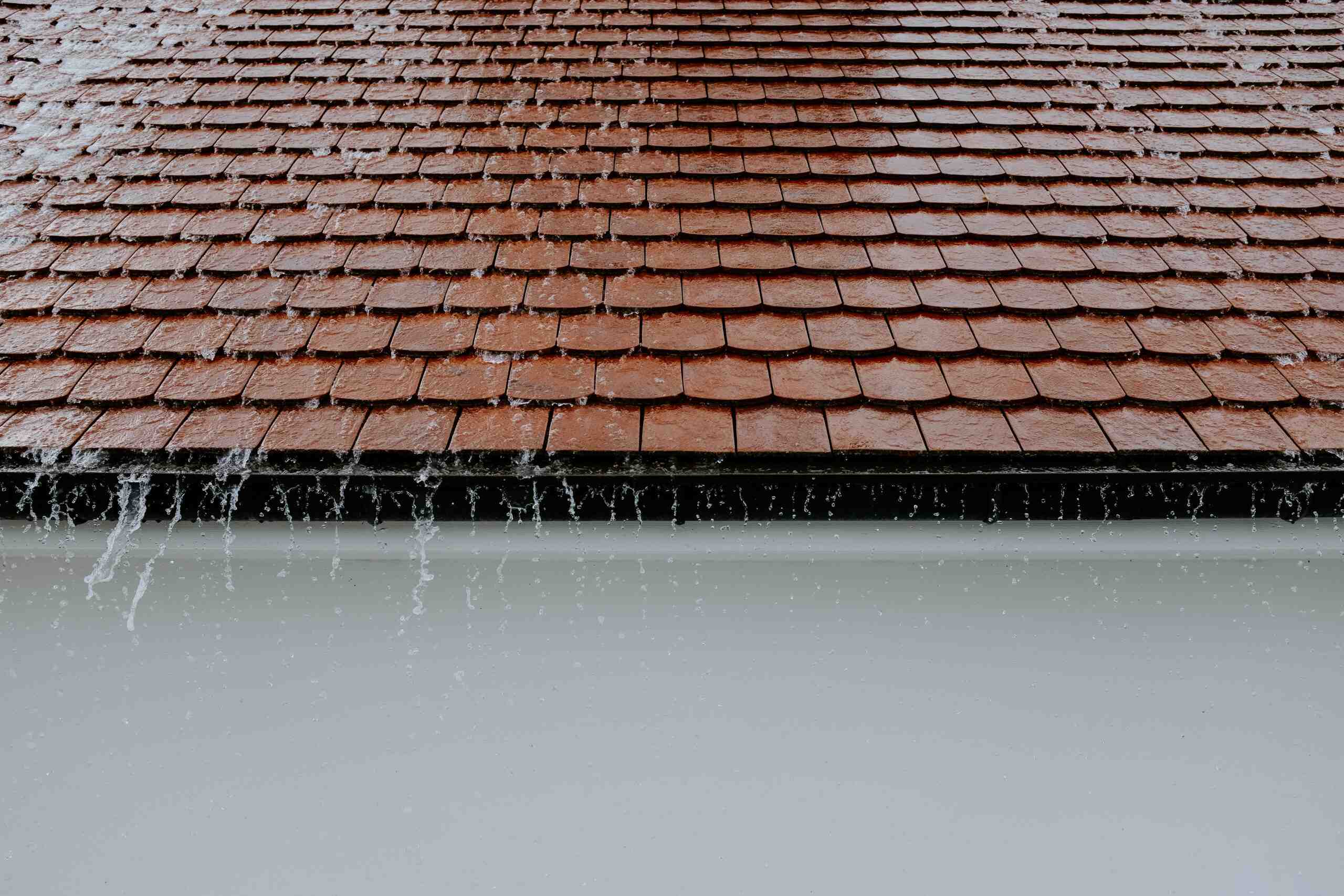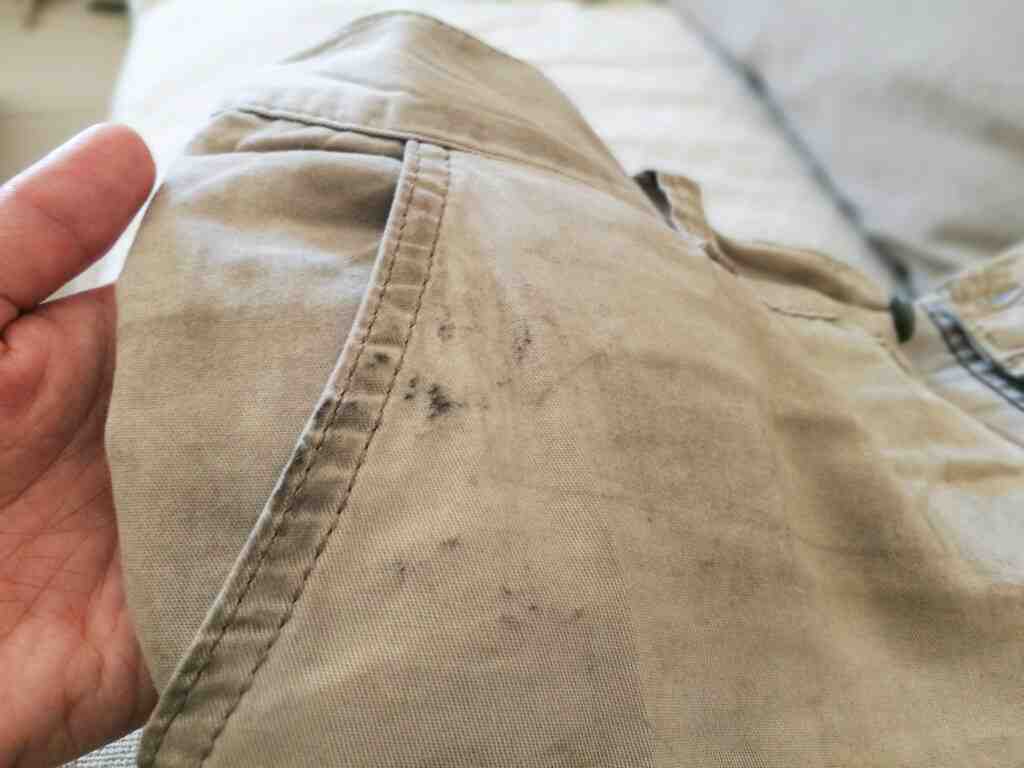Welcome roofing enthusiasts! Have you ever found yourself wondering what would happen if it rains while you’re in the middle of a roofing job?
Well, we have an answer for you. As a roofing expert, I am here to provide insight into this question and discuss the implications of rain during your project.
When faced with inclement weather, there are several precautions that must be taken when completing a roofing job.
From safety concerns to protecting your materials from damage caused by water exposure, these measures are essential to successful completion of any outdoor project – particularly one as important as re-roofing or replacing shingles.
In order to ensure a quality result in such conditions, understanding potential risks is key. In this article, I will outline what happens if it rains while roofing and explain the importance of proper preparation so that your work can continue without interruption even when Mother Nature isn’t cooperating.
Read on to learn more about how to protect yourself and your materials before beginning any outdoor projects!
Preparation For Rainy Weather
We’ve all been there. You’re at the top of a roof, ready to start installing shingles, and suddenly you hear rumbles in the distance. It’s inevitable: it’s going to rain while you’re up on that roof! What do you do?
Well, here’s what any experienced roofer will tell you: preparation is key. Weatherproof your job site before beginning with roofing tarps and waterproofing materials so that no water gets past them when it rains (trust me – this can save you from having to redo entire sections of work).
If possible, also apply some roofing sealant for extra protection just in case; this will ensure that whatever area has already been completed won’t be compromised by moisture due to bad weather conditions.
Rainproofing isn’t just about avoiding messes or saving time – it’s also a matter of safety. When working on a wet surface, slips and falls become much more common…
Safety Considerations
Rainy weather poses serious safety risks for roofers, since it can make work surfaces slippery and increase the risk of storm damage. It is important to be aware of these dangers and take steps to protect yourself while working in rainy conditions.
First, you should use waterproofing techniques whenever possible, such as applying sealant or installing new gutters. This will help prevent leaks that could lead to costly repairs down the road.
Additionally, you must pay close attention to avoiding slippery surfaces when up on a ladder or walking across the roof. Proper footwear with nonslip soles is a must-have item for any roofer who works in wet conditions.
Finally, extra care should be taken when operating power tools during rainstorms; otherwise, there’s an increased risk of electrocution due to water getting into the wiring system.
When it comes to preventing storm damage from occurring while working on roofs during inclement weather, proper preparation is key.
Utilizing waterproofing options like sealants and protective coatings are essential for ensuring your projects remain free from moisture-related issues.
Furthermore, making sure all ladders and handrails have secure footing and taking extra precautions with power tools will go a long way towards protecting both yourself and your clients’ property from potential harm caused by storms.
Waterproofing Options
When it comes to your roofing project, waterproofing is a must when there’s a chance of rain. There are many options available for waterproofing materials, systems and solutions.
Roofing membranes form the first line of defense against water penetration in any weather condition. They provide an effective barrier against moisture and act as a vapor retarder that prevents air infiltration into the building structure.
Fluid-applied waterproofing can also be applied on top of the existing membrane to further protect from moisture damage and leaks.
The most common types of fluid-applied waterproofing include polyurethane coatings, acrylic-based coatings, bitumen-modified asphalt emulsions, rubberized asphalt coatings and urethanes reinforced with fabric or fiberglass matting.
Each type of coating has its own advantages and disadvantages depending on the application being used for, so it’s important to choose one that will suit your needs best.
With careful planning, proper selection of products and expert installation by qualified professionals you can rest assured that your roof will remain protected from all weather conditions and last longer than expected!
Protective Gear And Equipment
When roofing, it’s important to be prepared for all kinds of weather. Rain can cause serious damage if not accounted for and planned ahead of time. As a roofer, you must always have the right protective gear and equipment on hand in case of rain.
Rainproof clothing such as windbreakers, hard hats, safety glasses, rubber boots, and weatherproof tarps are essential items to keep handy when performing roofing work. This will help ensure that the job is done safely and with minimal risk of injury or property damage due to water infiltration.
It’s also wise to invest in waterproof sealant so that any potential leaks caused by rainfall can be sealed off quickly before further damage occurs.
Once the job is complete, make sure everything is cleaned up properly – including the area around your work site where water may have accumulated during the storm event.
If there was significant damage from rainwater leakage, repairs should be made promptly to prevent further issues down the line. Taking these steps will reduce stress later on and ensure that your roofs remain safe and sound for years to come.
With good planning and proper protection against inclement weather conditions, successful roofers know how to navigate through even heavy rains without disruption or delay – allowing them to continue their work with confidence!
Cleanup And Repairs After The Storm
If the unfortunate event of rain occurs during a roofing job, it is essential to ensure that cleanup and repairs are undertaken swiftly in order to prevent further damage. It’s worth mentioning that some measures may help minimize the effects caused by inclement weather conditions prior to any repair work being carried out.
Below is an overview of what needs to be done:
- Roofing clean up – This includes removing debris from gutters and downspouts as well as clearing away any fallen branches or leaves on the roof surface. Any standing water should also be removed if possible.
- Storm Damage Repair – After cleaning up, damaged areas need to be identified and assessed for potential leakage solutions such as sealing joints between shingles or replacing worn seals around vent pipes. If needed, missing flashing or tiles can be replaced.
- Preventative Maintenance – Applying protective coatings like elastomeric coating can provide extra protection against future storms while repairing existing problems with specialized sealants helps prevent water leakage into your home.
In addition, considering the cost associated with these services ahead of time can enable homeowners to factor them into their overall budget accordingly. Taking proactive steps in this way will help prepare for unexpected expenses related to storm damage repair in advance and at an affordable price point.
Conclusion
The bottom line is that rain should not be taken lightly when it comes to roofing. It’s important to prepare for rainy weather, take the necessary safety precautions, waterproof surfaces effectively, and protect yourself with appropriate gear and equipment.
After a storm has passed, there may still be some cleanup and repairs needed before your project can continue as normal.
Fortunately, if you take the right steps ahead of time, any issues caused by inclement weather can easily be avoided.
With proper planning and foresight, you can ensure that your roofing projects are completed on schedule regardless of what Mother Nature throws at us.
At the end of the day, no one wants their roofing job delayed due to the elements – especially when those delays could have been prevented with just a little bit of extra preparation! So make sure you plan ahead next time – after all, better safe than sorry!







